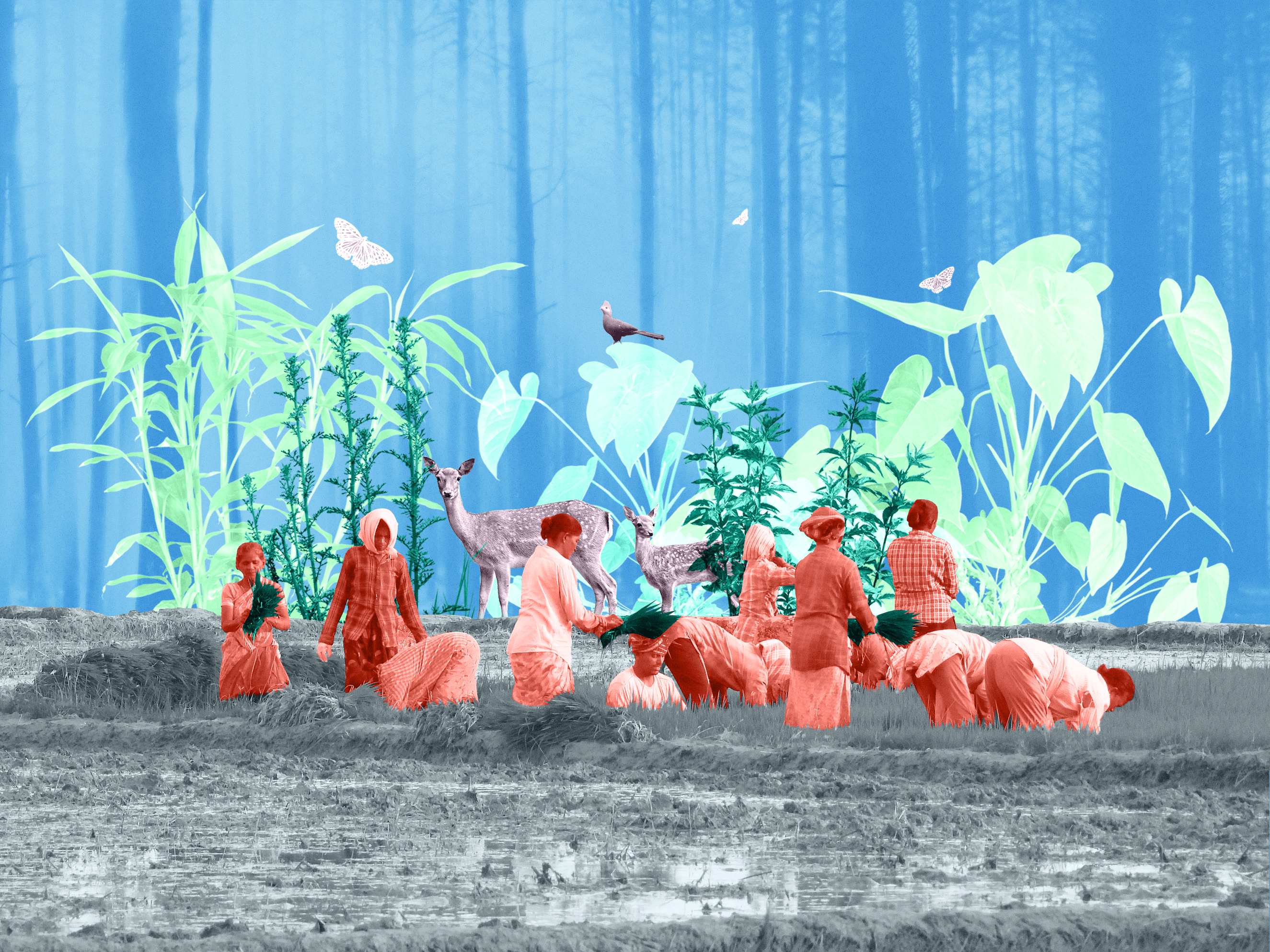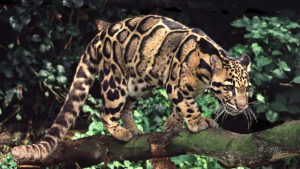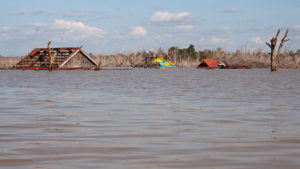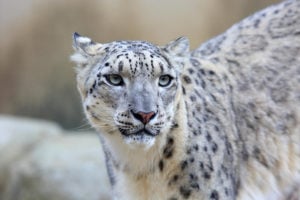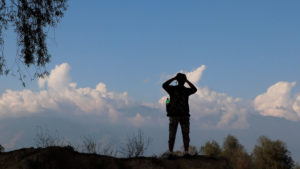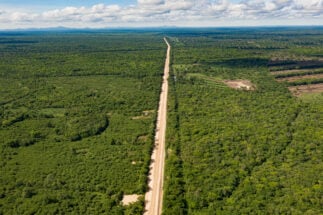In 2021, nature once again fell down the political agenda. Faced with continued pandemic-related complications, a crucial meeting of the Convention on Biological Diversity was delayed repeatedly. Fêted as a potential ‘Paris moment’ for the world’s wildlife, and originally planned for 2020, the meeting is now set to take place in spring 2022.
The biodiversity crisis is immense in scale and complexity. A seminal 2019 report warned that the loss of healthy ecosystems and the wild fauna and flora within them is putting all human societies at risk. Yet unlike the phase out of fossil fuels use needed to fight climate change, there is no obvious path to turning the crisis around. A successful response will mean myriad interventions worldwide, targeted to specific local contexts and needs.
The Third Pole’s biodiversity coverage in 2021 sought to shine a spotlight on some of these, as we explored the question: how can we protect and restore the ecosystems upon which we all depend in a way that is sustainable and just? Here we highlight some of our best biodiversity stories from 2021, as we looked for conservation models which could serve as inspiration – or valuable lessons – for governments and civil society across our region.
Lockdowns bring hardship to birders’ paradise in India
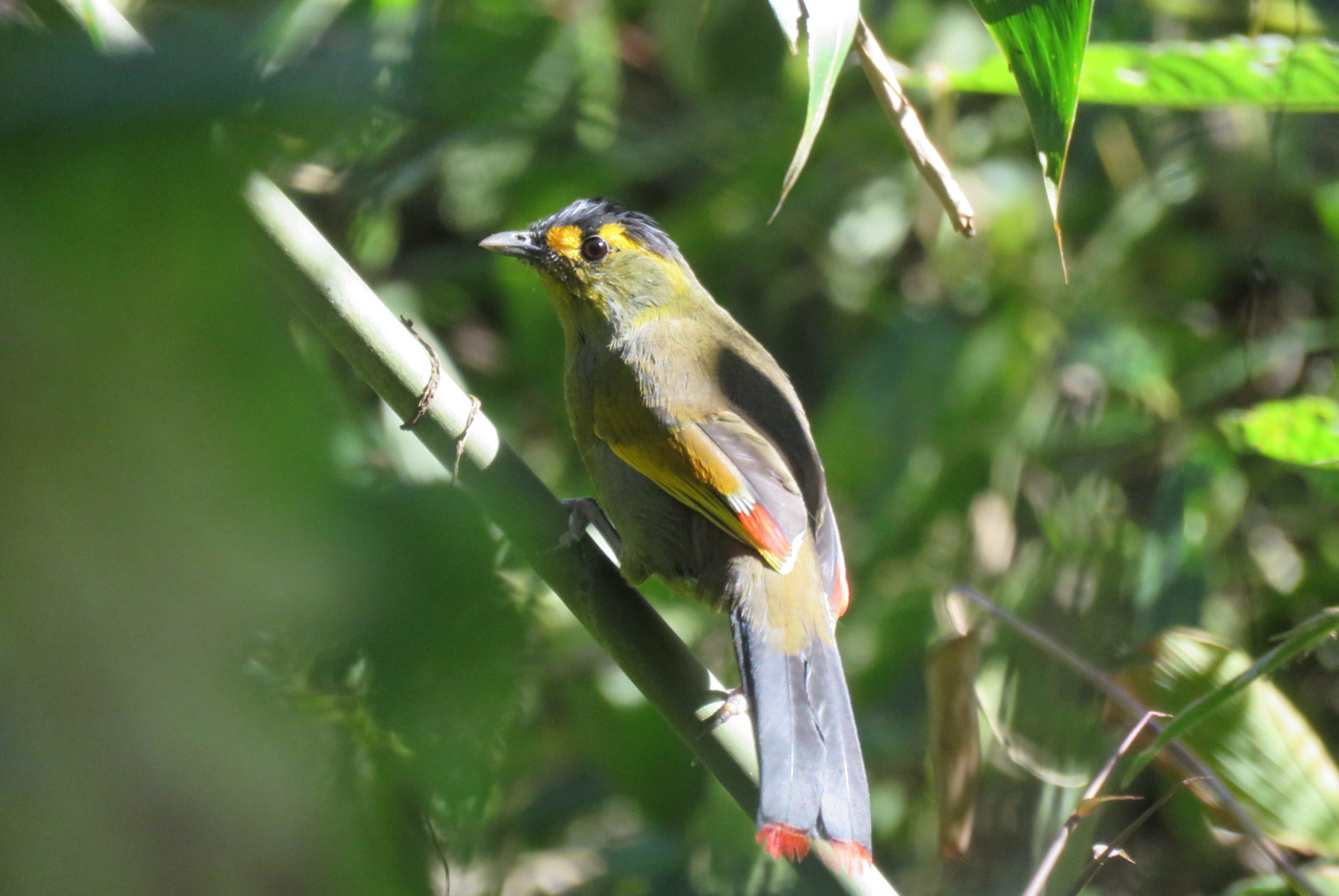
In this photo feature from July, journalist Nandini Velho spoke with bird guides and rangers at Eaglenest Wildlife Sanctuary in Arunachal Pradesh, the only home of one of Asia’s rarest and least-known birds, the Bugun liocichla.
The article found that while guides and others who depend on ecotourism have struggled with a sudden loss of income in the wake of Covid-related travel restrictions, protection of the sanctuary has proven mostly resilient throughout the pandemic, thanks to well-established patrols and local support.
Weaving with weeds: Traditional craft helps wetland in Nepal
![55-year-old Rudridevi Sardar making a mat in front of her home. She sustains herself with mat-making using wetland materials from Koshi Tappu Wildlife Reserve [image by: Birat Anupam]](https://dialogue.earth/content/uploads/2021/02/55-year-old-Rudridevi-Sardar-making-a-mat-infront-of-her-home.-She-sustains-her-life-with-mat-making-business-using-wetland-materials-from-Koshi-Tappu-Wildlife-Reserve..jpg)
Scientists have warned that invasive species – non-native plants or animals that become established in the wild due to human activity – are one of the greatest threats faced by biodiversity worldwide. This story from February profiled a scheme to tackle an invasive species while providing livelihoods to local communities.
Non-native water hyacinths and bulrush are a threat to native wildlife in Nepal’s Koshi Tappu Wildlife Reserve. But a group of people from the indigenous Sardar community, led by women, have been earning a living by harvesting the plants to weave mats and souvenirs. Former chief conservation officer of the reserve called the programme a “win-win situation for community and conservation”.
Second vulture-safe drug offers hope to South Asia’s scavengers
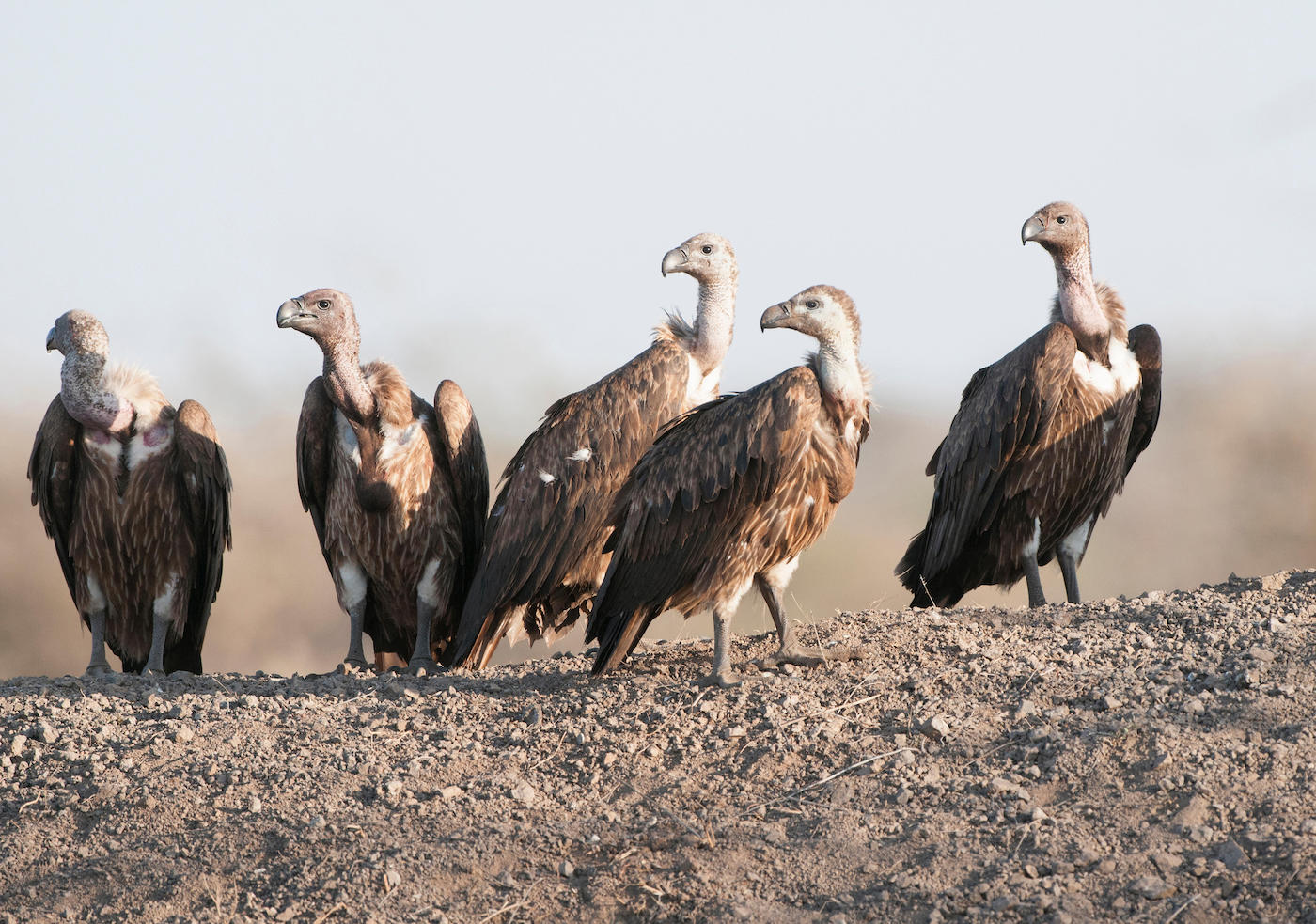
South Asia’s vultures have faced an unprecedented catastrophe in recent decades. Numbers of the white-rumped vulture fell by 99.9% in 15 years, the fastest recorded population crash of any bird species. The main culprit was diclofenac, a veterinary painkiller that is lethal to the scavengers when they feed upon deceased livestock treated with it.
In this story from October, Athar Parvaiz reported the discovery of a second vulture-safe drug. Experts hailed the development as “hugely significant”, with potential to help deal with issues around slow pick-up among vets of meloxicam, a vulture-safe drug discovered in 2006, and persistent use of the now-banned diclofenac. The story serves as a reminder of the crucial role of engagement with stakeholders beyond the conservation community, to understand their needs and concerns and bring these into conservation design.
Interview: Indigenous-led conservation in Nagaland preserves rare wildlife
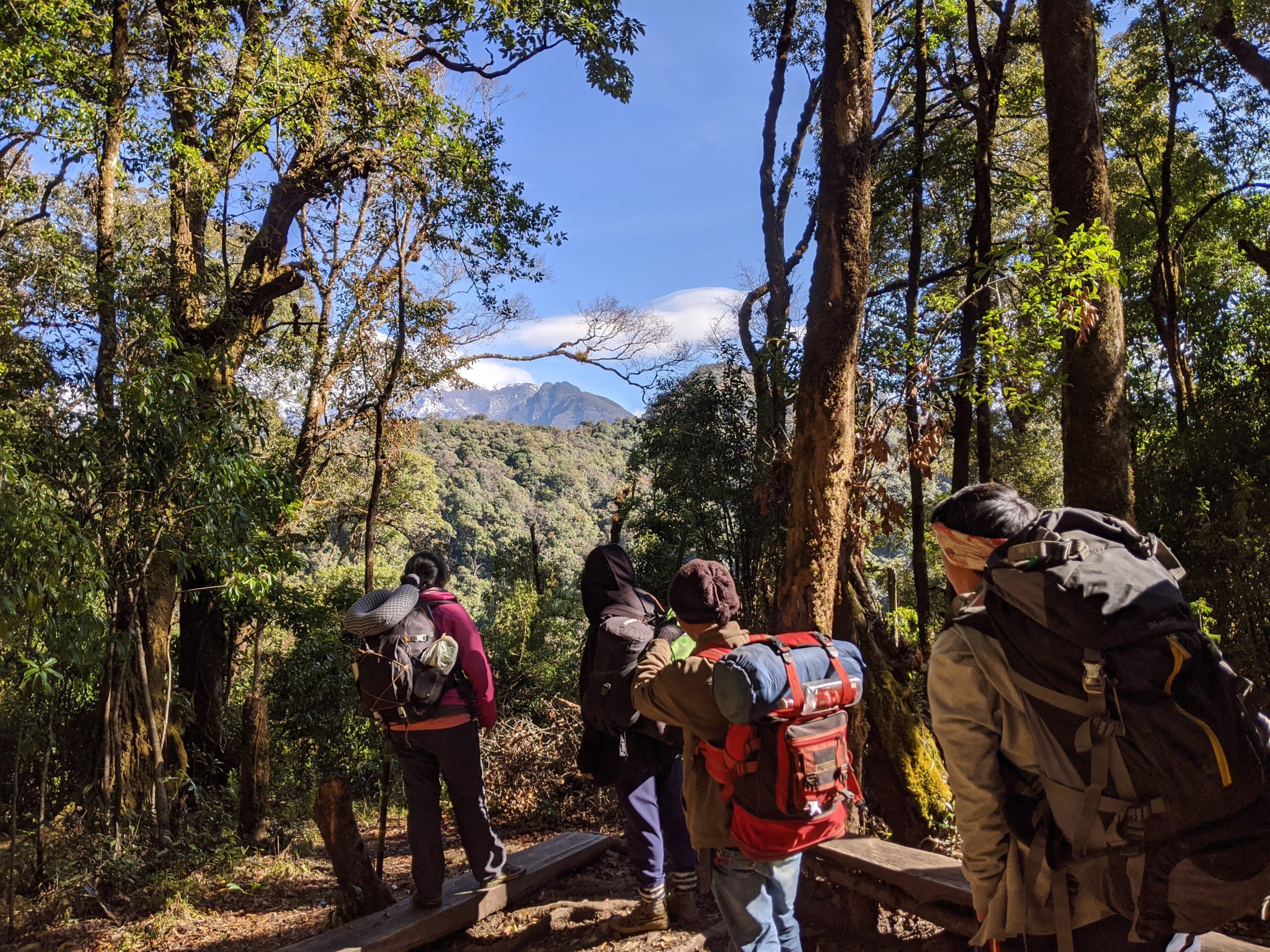
In this interview from August, we spoke with researcher Ramya Nair, whose work is shining a light on how indigenous traditions and local management practices mean that rare wildlife is thriving outside formal national parks or sanctuaries in northeast India.
Ramya explained that her research, conducted collaboratively with the people of Thanamir village in Nagaland, found an amazing abundance of wildlife in the area’s community-owned forests, from clouded leopards and wild dogs to black bears. The forests are used and protected by community groups. This example of local-led conservation is highly pertinent given current debates around how best to protect 30% of the Earth’s land and sea in a way that benefits, rather than dispossesses, those who live in the world’s most biodiverse areas.
